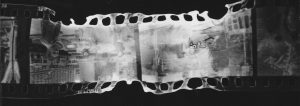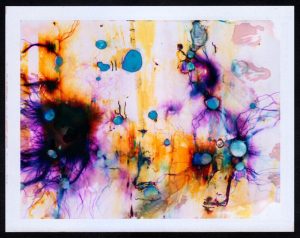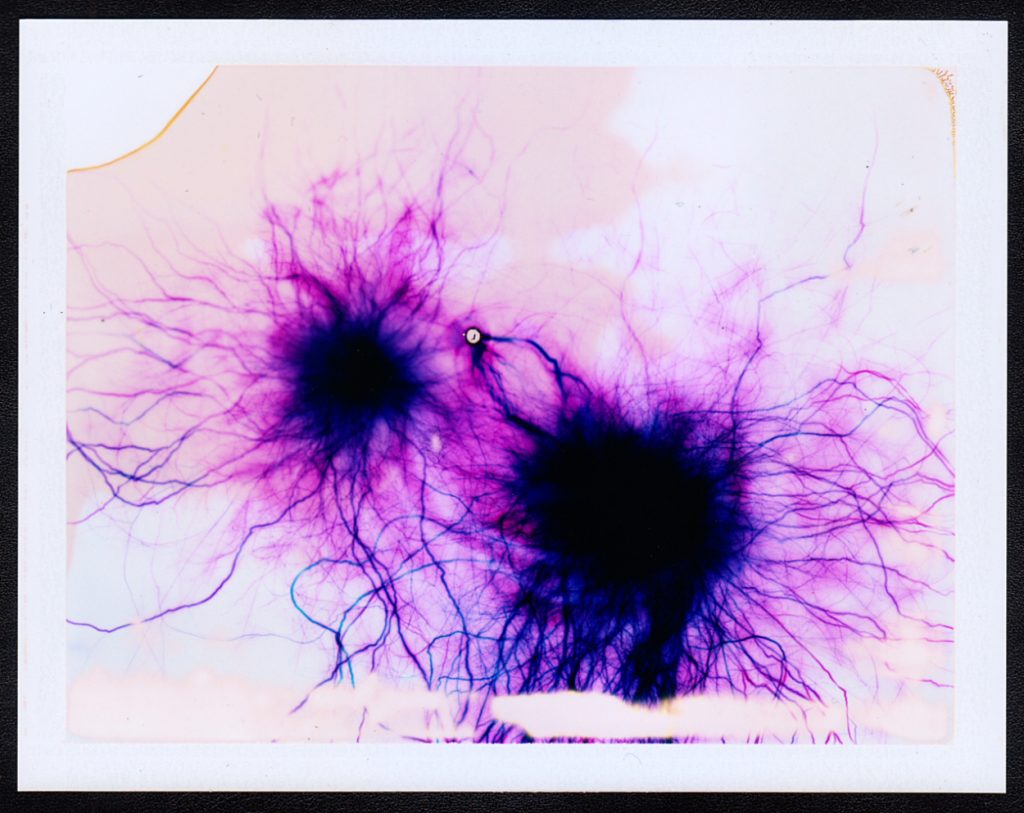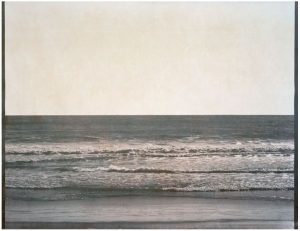I wanted to experiment as well with creating some abstract movement photographs. I really liked how the over exposure of the woodland photographs worked and therefore i wanted to play more with creating slightly over exposed which had movement within them. After taking my more formal photographs of my friends as wild children and considering the work of Charles Fregar, i wanted to add an element of eeriness and almost suggestions of how the dens could be considered more sinister. I therefore decided to do the below photo shoot to juxtapose against my other images which involved making a fire and then movemnt around a fire. The idea od people dancing around a bonfire to me has strong connotations of witchcraft and paganism and therefore i was hoping this shoot might add these impression of something more sinter to my shoot.
I deliberately decided to plan this shoot down the beach as i wanted the images to be on the verge of being over exposed and i though the white light of the sand would help to create this impression. I however didn’t want the images to be too overexposed and so i did the shoot as the sun was setting so the light wasn’t intensely bright. Overall the outcome i think worked really well as the images give exactly the impression that i wanted them to. Another reason i choose to make a fire within this movement shoot is that a fire was a consistent element of every den we made as children. We would always make a fire to go with the den to “keep us warm” and to “cook food on.” I therefore was think again about presenting the cross over between the reality of the game and the real reality.

Most of the photographs i took i only focused on the legs and feet of my subjects. This is because i didn’t want the images to be about the people and personalities of the people but more so the concept of people being present. I created these images to create the abstract concept of people being present without obviously stating it and therefore i thought the inclusion of faces and whole bodies might be quite suggestive of this. The above and below images i composed so that the fire was in the right hand side of the frame and then the subjects are to the left surrounding the fire. The main source of light is coming from the left hand side of the frame towards the outside of the image and then spills into the rest of the frame. The images are fairly exposed as the smoke from the fire is also drifting into the frame from the fire and causing a haze in front of the figures. I remembered from my last photo shoot the speed in which i got my subject to move and i asked my subjects to replicate this. Therefore in these images you can see the movement of the subjects clearly but you can also still distinguish that they are human figures. I quite like the very pale and bright tones of the images, the bright light from the sun and the fire has meant the image is fairly washed out of colour which means the odd hint of colours stands out even more.

The above and below images worked really really well. These images rather then showing feet show the movement of a figure reaching. This works really well as the figure is solid as their legs are stillish and then the top half of their body and arms as they reach for more wood for the fire are blurred. I really like how in these images the movement has created a curved blur which is different from the other types of movement. The photographs are composed similarly with the fire in the right hand corner and the blur of the people to the left.

I quite like the above photograph for being really abstract as the impression of the smoke from the fire creates an interesting dynamic to the feet walking away.

The last image below was taken with the least amount of light as the sun was almost completely set. I quite like the composition of this image as it is different to the others. There is one subject walking in the very foreground of the frame and another in the center of the frame in the background. Even though the entire of this subject is in the frame you can not see there face and there body as it is blurred becomes all about the movement of bending over to pick up stuff for the fire. In this image the fire isn’t the center feature which draws you into the frame. You can see a bit of it to the right of the image but its not the main focus. In this image the fire and the sky in the background compliment each other, each bringing out the colour of the other.






 Since receiving the email above I have been in contact with the ‘Energy from Waste’ facility and have arranged to meet with them on Thursday the 20th of April at 10:45 am. My plan of action for this shoot is to record the site from an insider’s perspective using topography and documentary photography techniques. Whilst there I will be taking as many images as possible, attempting to capture some interesting compositions and angles to draw in my viewer’s attention. All I will need to complete this shoot is my camera and the safety equipment that will be provided upon arrival. My goal for this opportunity is to truthfully present what happens to Jersey’s un-recycled waste, as well as the elements that go into the transforming it into energy.
Since receiving the email above I have been in contact with the ‘Energy from Waste’ facility and have arranged to meet with them on Thursday the 20th of April at 10:45 am. My plan of action for this shoot is to record the site from an insider’s perspective using topography and documentary photography techniques. Whilst there I will be taking as many images as possible, attempting to capture some interesting compositions and angles to draw in my viewer’s attention. All I will need to complete this shoot is my camera and the safety equipment that will be provided upon arrival. My goal for this opportunity is to truthfully present what happens to Jersey’s un-recycled waste, as well as the elements that go into the transforming it into energy.


































